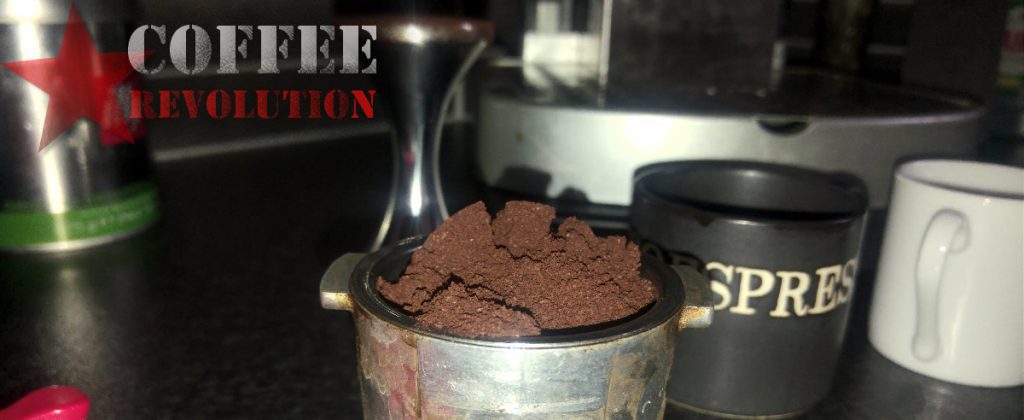Brewing coffee nowadays is about as easy it gets, with machines able to brew and pull espresso shots just by inserting a pod and pushing a button.
But how do these pod espresso machines compare to more traditional espresso machines, in which the user grinds and tamps the coffee beans?
Pod espresso machines, as the name suggests, use disposable plastic capsules that are full of coffee grounds to brew.
Using these machines are usually pretty simple, and require the user to simply pop in one of the pods, place a cup underneath the spout, and hit brew.
What pod machines are available?
Aside from that basic feature, the other functions of these machines can depend a lot on the manufacturer.
Some will come with a milk frothing chamber, and others will require the use of a separate milk frother; Nespresso models will usually come bundled with a milk frother.
Some machines, such as the newer Verismo from Starbucks, have the ability to brew coffee, as well as espresso. Having both a coffee maker and espresso machine in one is great for saving counter space.
Pros and cons of Pod coffee makers
One of the downsides for pod machines is that the coffee grounds being used are not as fresh as they could be, especially when compared to freshly ground beans that a traditional espresso machine would use.
The plus side is that the pods are very well sealed so have a longer shelf life than most ground coffee and you won’t have an open packet, instead you’ll get a fresh pod to “open” each time you pull a shot.
The pods themselves, while it depends on the type required for the specific machine, also end up costing much more per cup of coffee than a one pound bag of beans would. For pod machines, the user will sacrifice freshness and some quality in exchange for convenience.
Espresso machine benefits and drawbacks
Espresso machine drawbacks
Traditional espresso machines don’t go without their faults, though.
Oftentimes they can be more of a challenge to learn how to use properly. While it’s true that espresso machines face the problem of a steeper learning curve there is so much more chance to pull consitently good shots from a variety of coffee beans.
With the user having to measure the weight of beans used, dial in the proper grind level after tons of trial and error, and set the extraction time, water temperature and pressure the whole process can be a bit overwhelming!
Thankfully there are espresso machines for all levels and most come well setup from the factory and require very little adjustment.
But with our site and by following our sage advice you can, in a very short time develop your skills and pull decent shots, exploring the more complex settings and options.
Benefits of espresso machines
While overwhelming, pulling espresso shots with a traditional machine is also very rewarding, especially once the user has climbed the learning curve.
Advantages of a normal espresso machine primarily lies in the quality of the shots produced. This is primarily due to how only freshly ground coffee is used, as opposed to vacuum sealed pods of grounds.
It is also much more rewarding to use an espresso machine properly than it is to use a pod machine, as there is a lot of skill required to pull perfect shots.
We mentioned the complexity as a downside, but this is also a very big strength.
Being able to control the shot size, duration and temperature of the water means you can craft the perfect cup of coffee.
Bean to Cup coffee makers pros and cons
The idea of putting your beans in the top of the machine and it grinding, dosing and pulling the espresso shot really appeals.
Bear in mind that you need to control the courseness of the grind and this is only an option on top end bean to cup coffee makers.
Having all these parts in one machine will require a replacement machine should one part fail. So by adding to the complexity you increase the risk of a breakdown.
We would prefer to have separate control over the grind, be able to weigh the grinds and adjust every element of the shot.
We can’t argue with the convenience and ease, and most bean to cup machines pull really nice tasting coffee shots.
So what is the best coffee maker for you?
Espresso machines are more difficult and less convenient to use than pod machines are, but the quality is much better.
While the previous example highlights the pros and cons of a semi-automatic espresso machine, in which the user still measures, grinds, and tamps the grounds, some espresso machines require none of that. These are sometime referred to as super-automatic espresso machines.
There is a large mid range of machine, I personally use a DeLonghi Dedica which has temp and shot size adjustments and I have the benefits of also being able to use the ESE coffee pods.
It serves me very well. It can be used from the box, but it makes sense to adjust the shot size, as per our guide to avoid bitter coffee.
Much like pod machines, super-automatic espresso machines are able to pull espresso shots with the push of a button.
So they are quite simple to use and this is the primary appeal to most people.
If trying to choose between the two, budget is also another factor.
While it depends on the manufacturer, pod machines are generally less expensive than an espresso machine, especially those of the super-automatic variety.
But when you factor in the cost of the coffee pods you may well end up paying substantially more to run a pod coffee maker.
Either way, it is completely personal choice as to which style of espresso machine, pod or otherwise, provides the best results and is more convenient.


